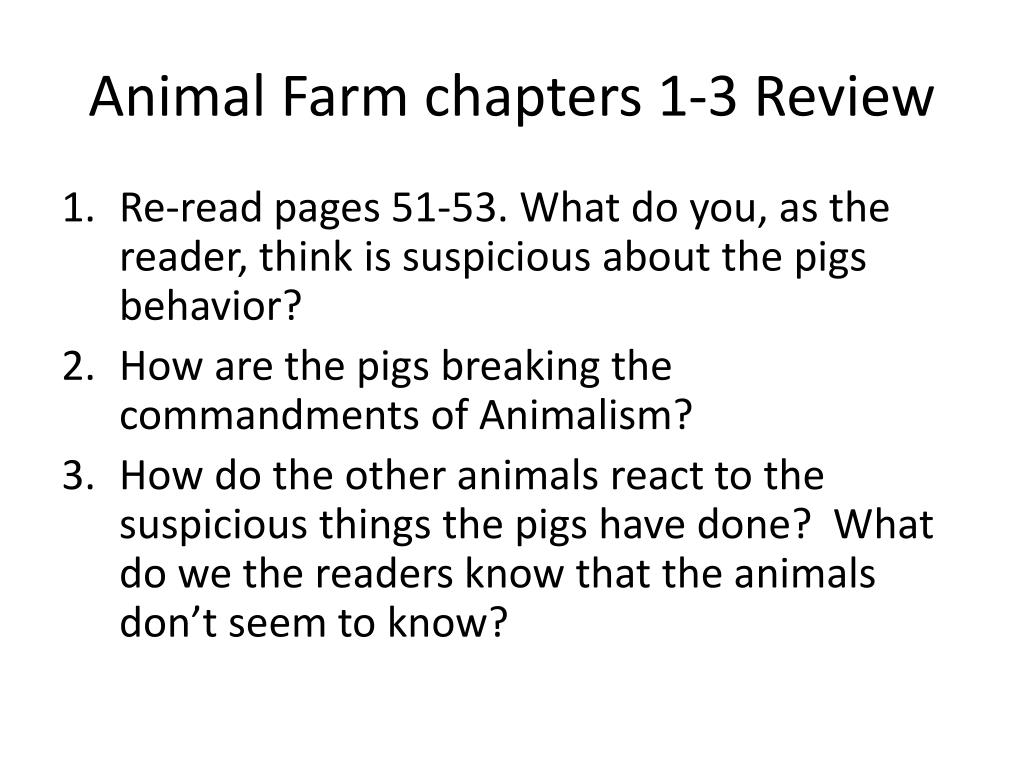
Īdams's descriptions of wild rabbit behaviour were based on The Private Life of the Rabbit (1964), by British naturalist Ronald Lockley. After some delay he began writing in the evenings and completed it 18 months later.

The daughters insisted he write it down-"they were very, very persistent". improvised off the top of head, as were driving along". He recounted in 2007 that he "began telling the story of the rabbits. The story began as tales that Richard Adams told his young daughters Juliet and Rosamund during long car journeys.

Line quoted in Watership Down the poem can be seen as a possible source of inspiration. "Master Rabbit I saw" - Walter de la Mare In 2018, a drama of the story was made, which both aired in the UK and was made available on Netflix.Īdams completed a sequel almost 25 years later, in 1996, Tales from Watership Down, constructed as a collection of 19 short stories about El-ahrairah and the rabbits of the Watership Down warren. The novel was adapted into an animated feature film in 1978 and, from 1999 to 2001, an animated children's television series. It was rejected by several publishers before Collings accepted the manuscript the published book then won the annual Carnegie Medal (UK), annual Guardian Prize (UK), and other book awards. Watership Down was Richard Adams' debut novel. Evoking epic themes, the novel follows the rabbits as they escape the destruction of their warren and seek a place to establish a new home (the hill of Watership Down), encountering perils and temptations along the way. Although they live in their natural wild environment, with burrows, they are anthropomorphised, possessing their own culture, language, proverbs, poetry, and mythology. Set in Hampshire in southern England, the story features a small group of rabbits. Watership Down is an adventure novel by English author Richard Adams, published by Rex Collings Ltd of London in 1972.


 0 kommentar(er)
0 kommentar(er)
